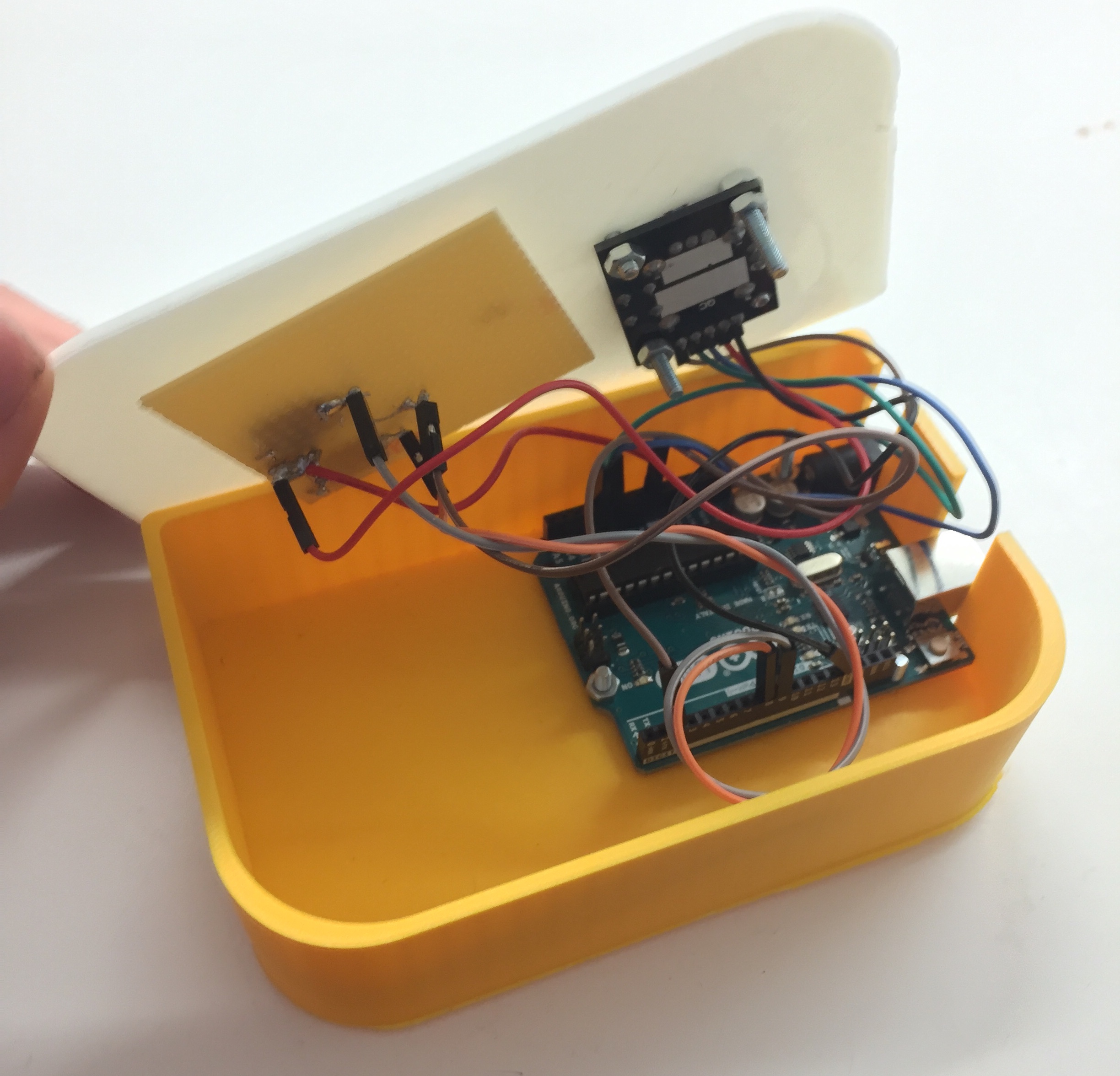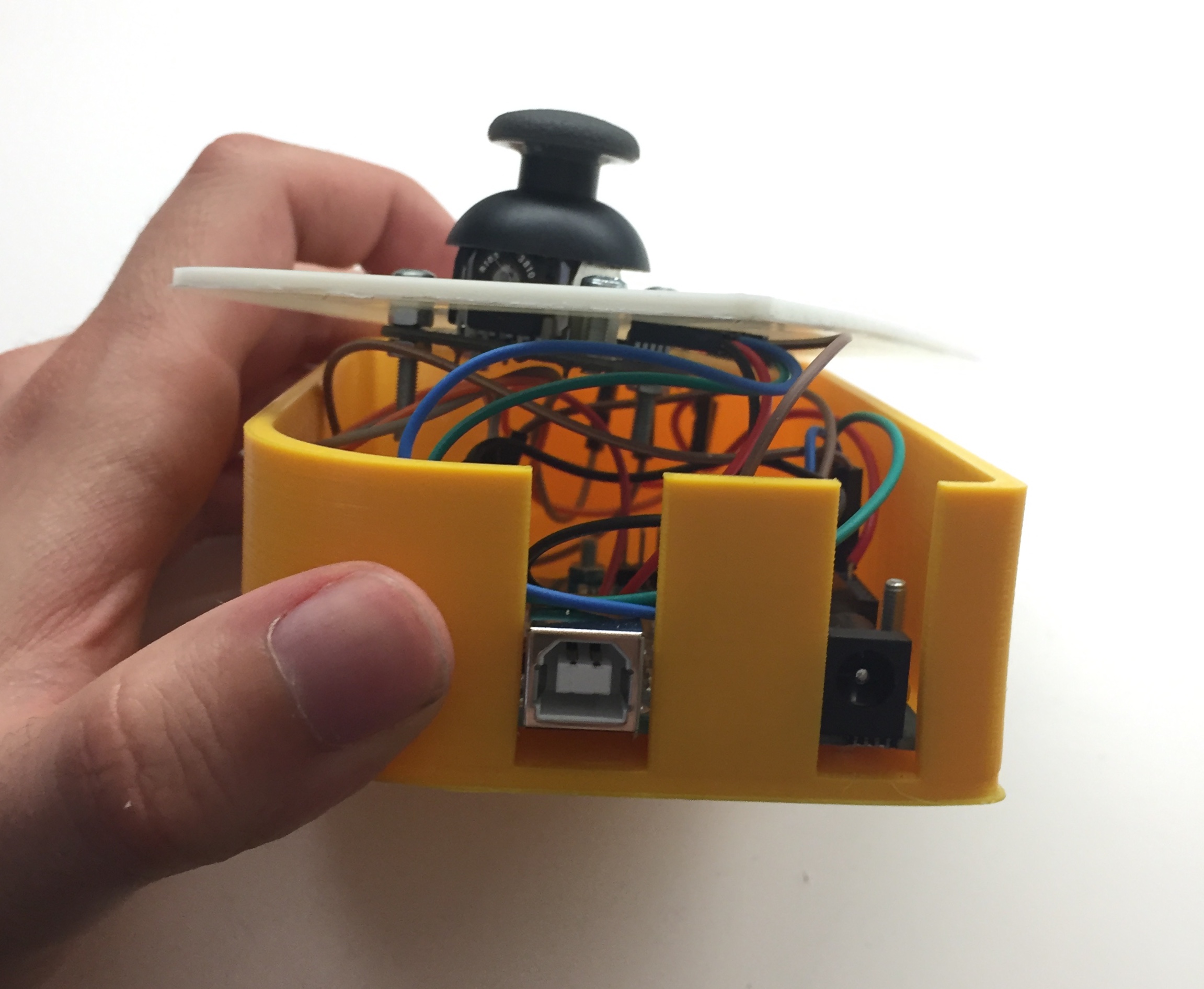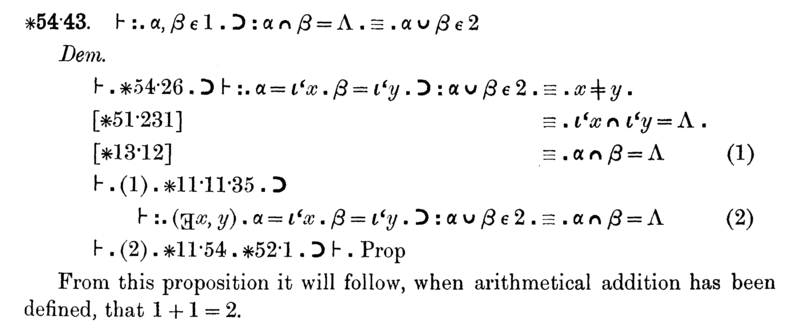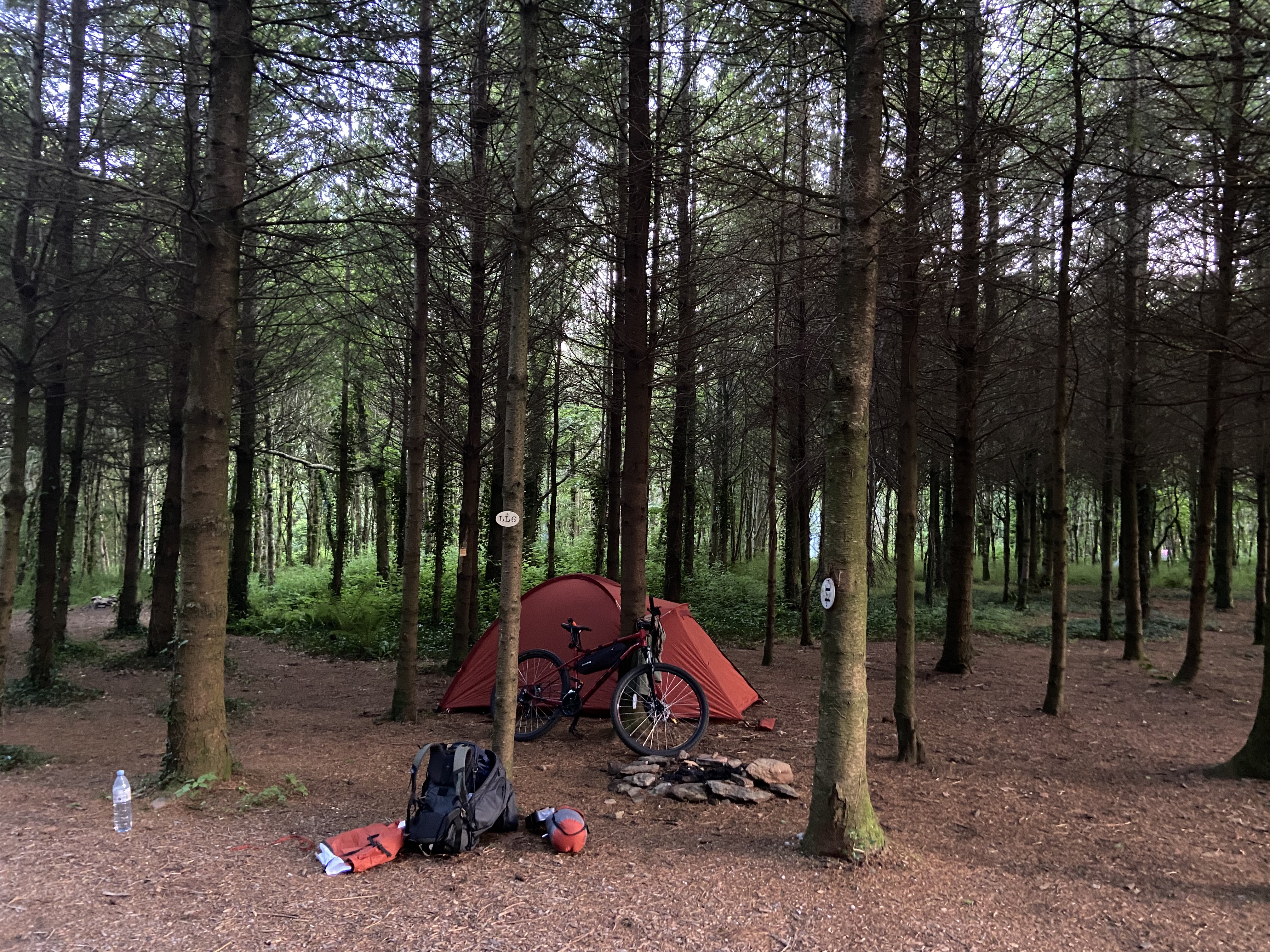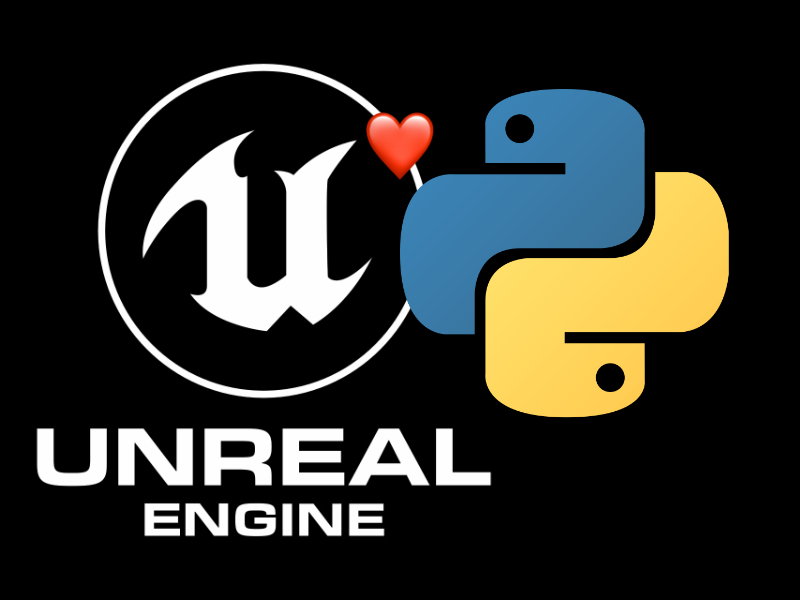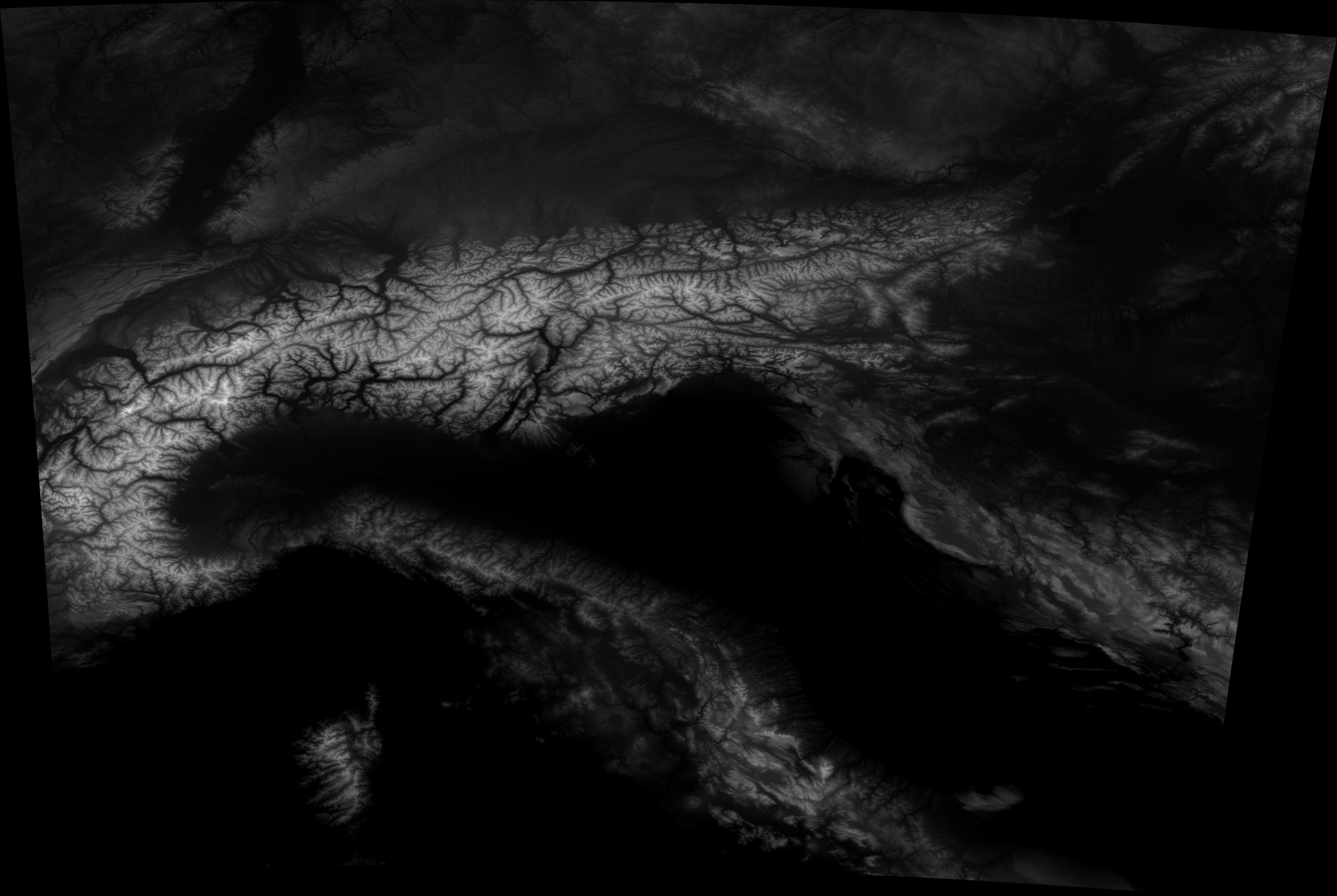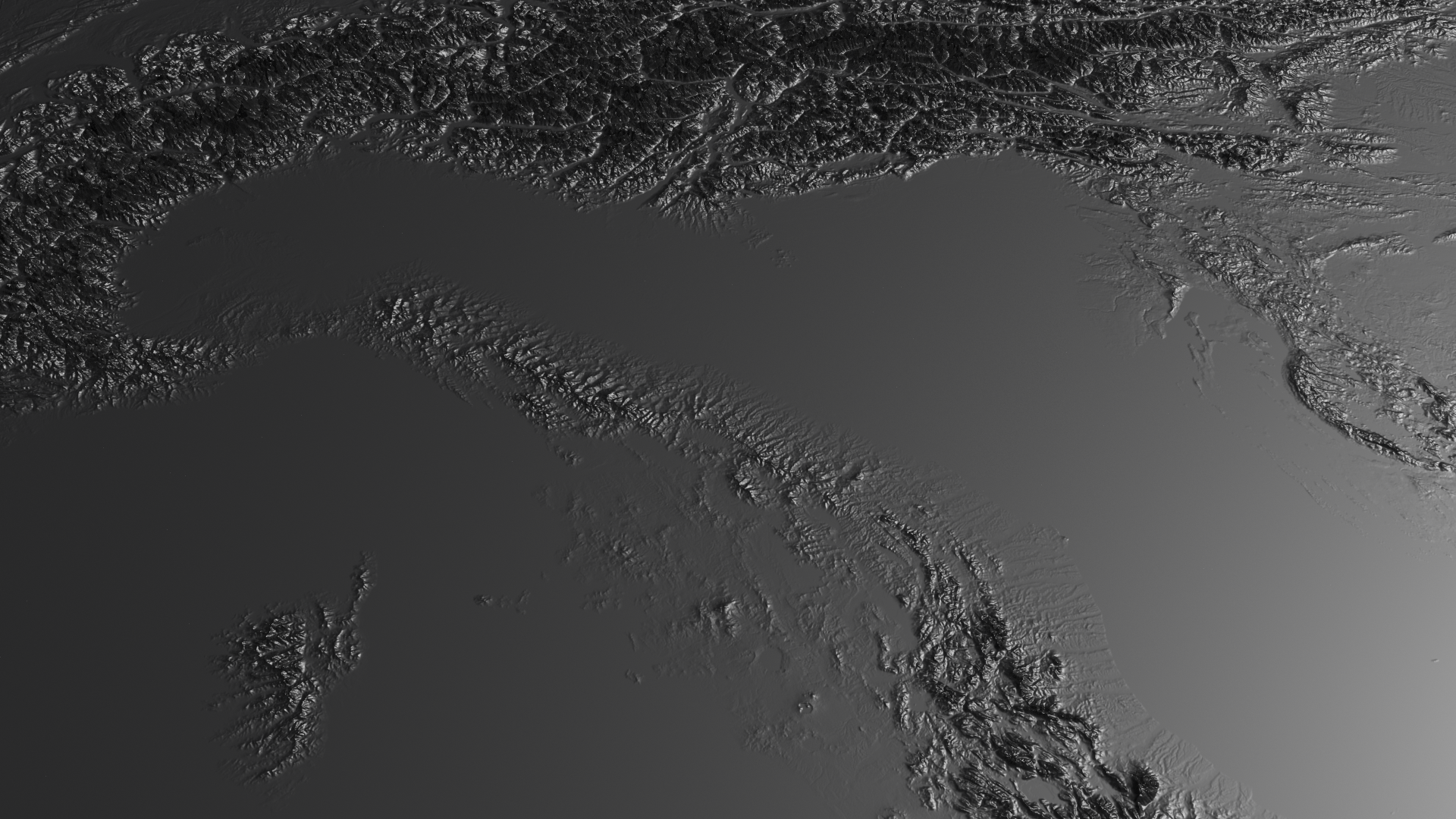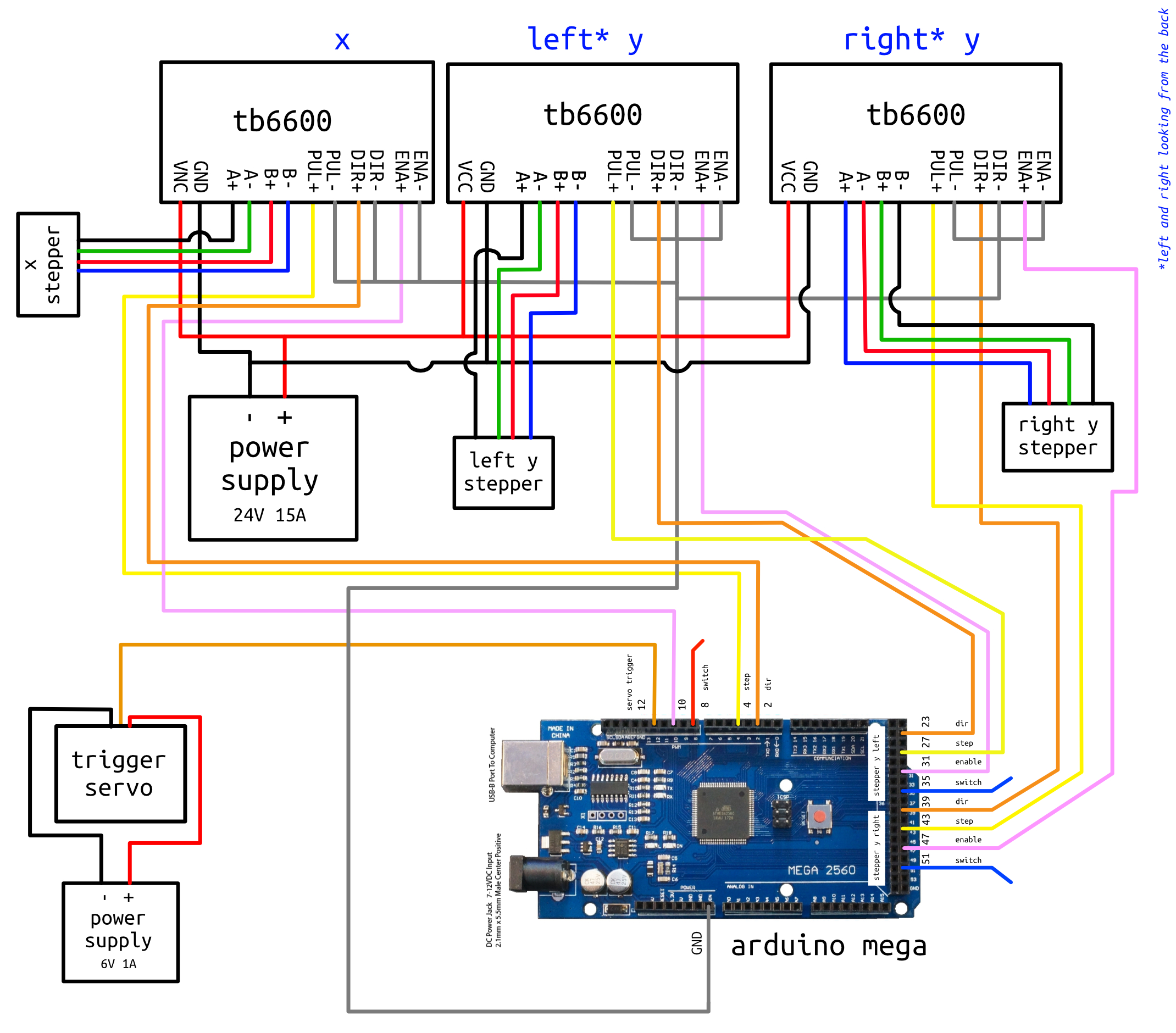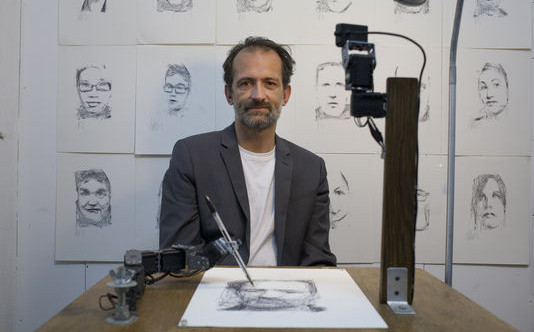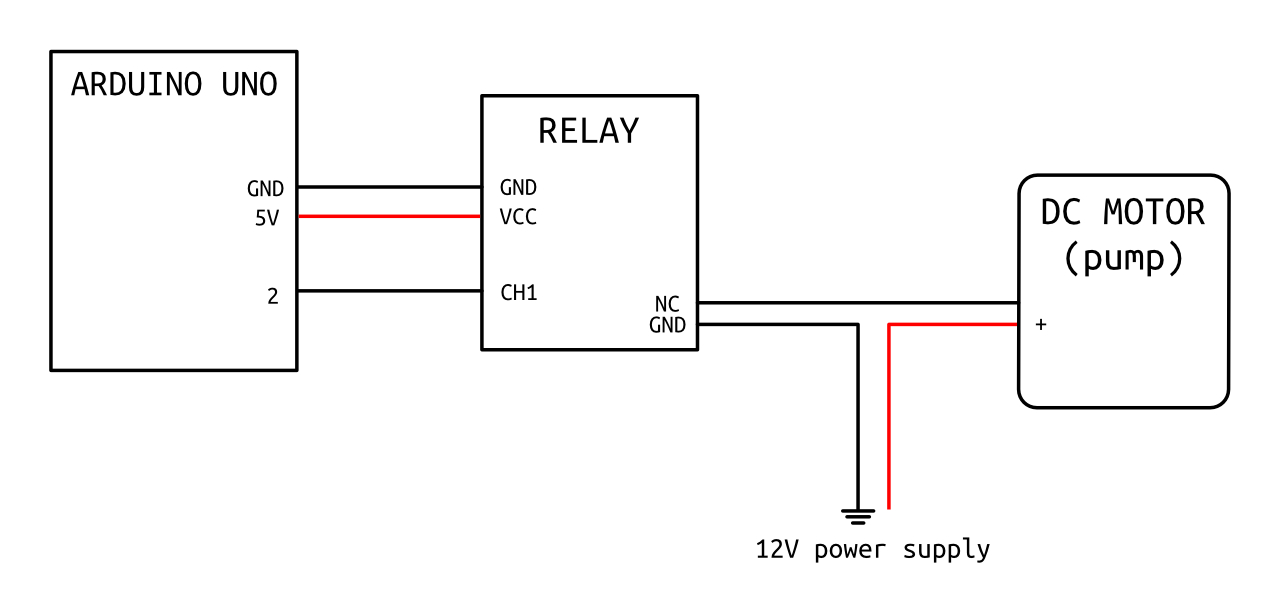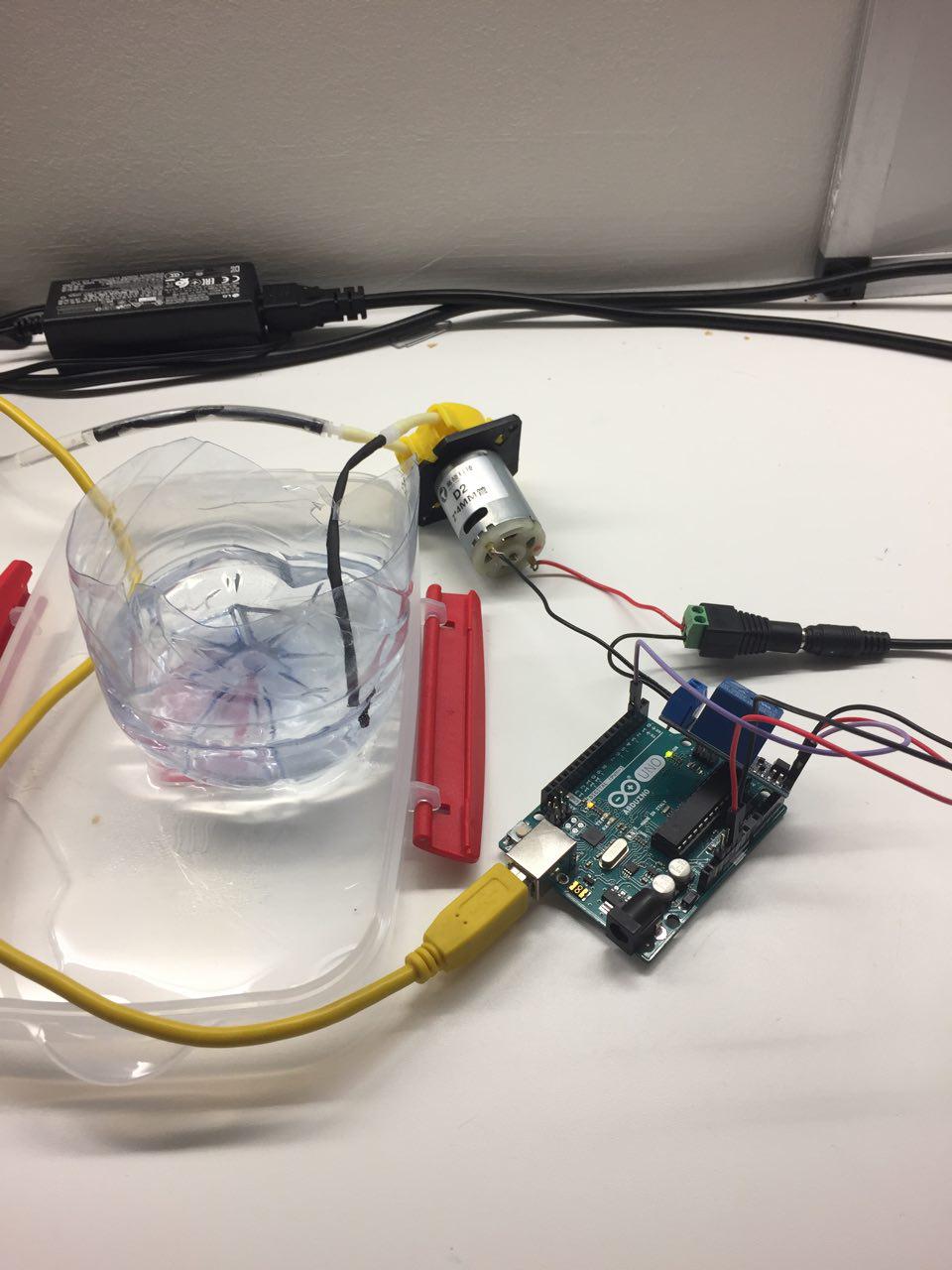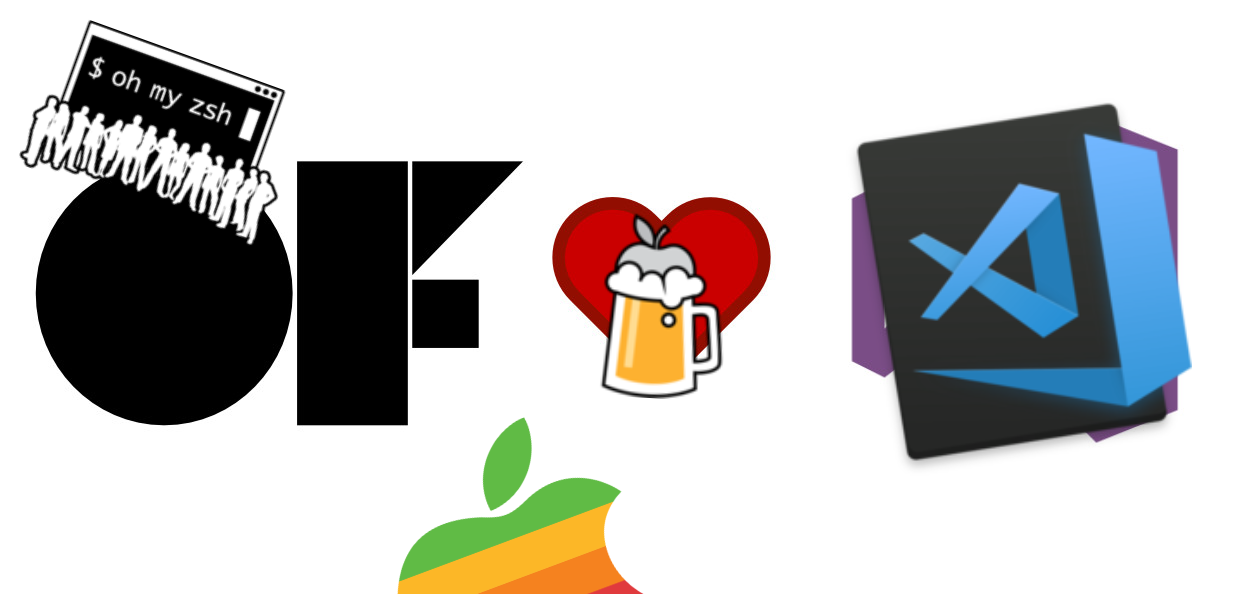For the second term of my workshops in creative coding class, I realized an installation where, among other things, the audience could explore a map of tweets using a joystick controller.
I worked very hard on the software part, which was made in openframeworks and nodejs, and just one day before the popup I quickly printed, soldered and assembled the final box hosting the arduino, the joystick controller and the two buttons (to zoom in, out).
Run, don't walk!
Due to the simplicity of the connections, I didn't make any schematics. Instead, I just hacked together everything as quickly as I could! :D
Here are some screengrabs from Fusion 360, where I modeled the enclosure:
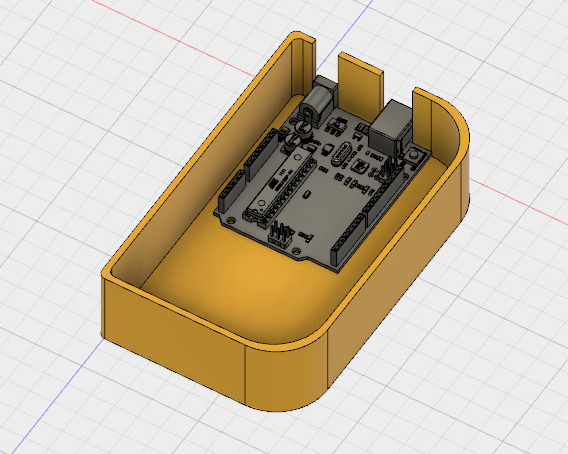
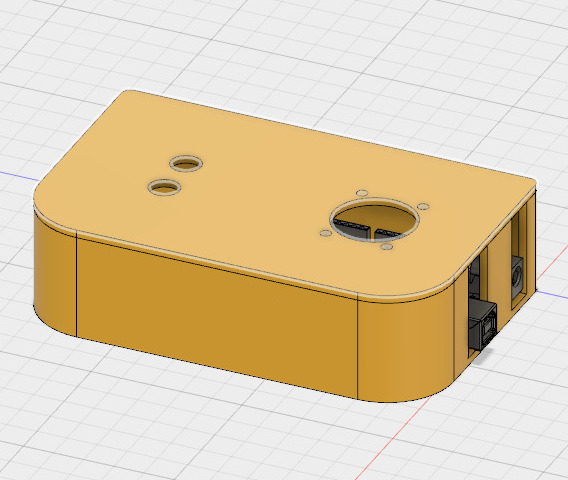
Fast and dirty render from Fusion
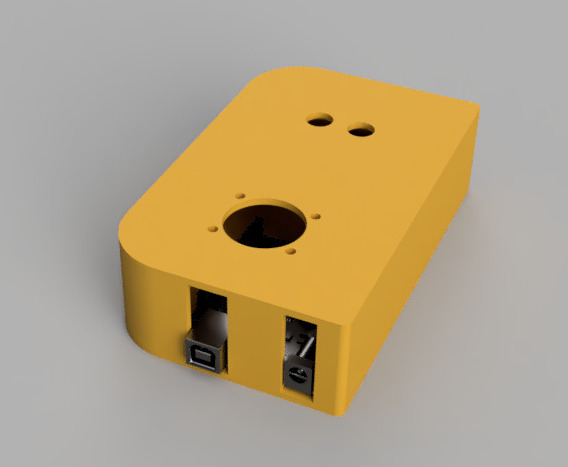
And some pics of the final assembled and printed piece:
The two yellow buttons are used to zoom-in or out
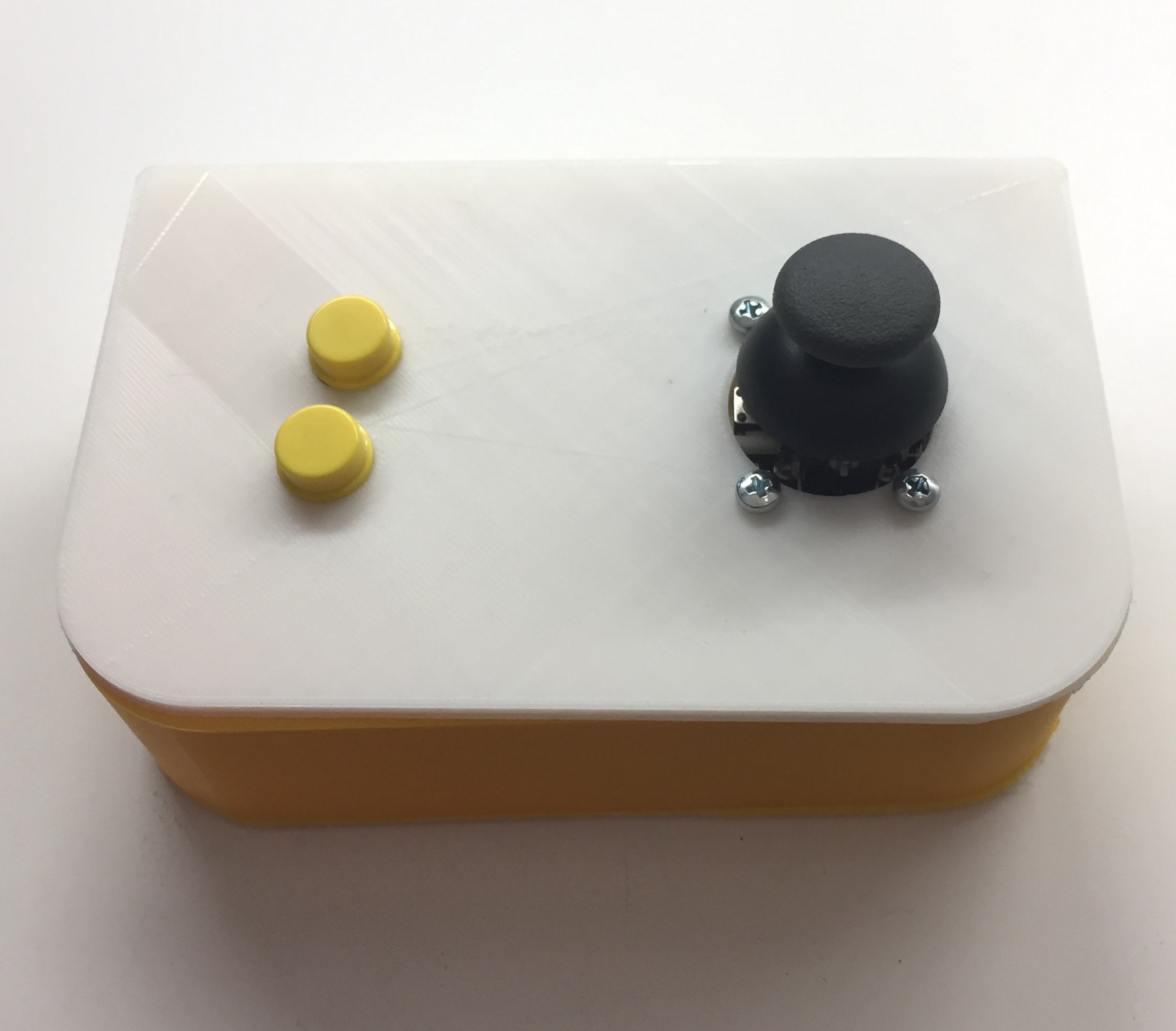
The joystick exits with 5 cables, GND, VCC, x and y axis and the joystick pressed pin
